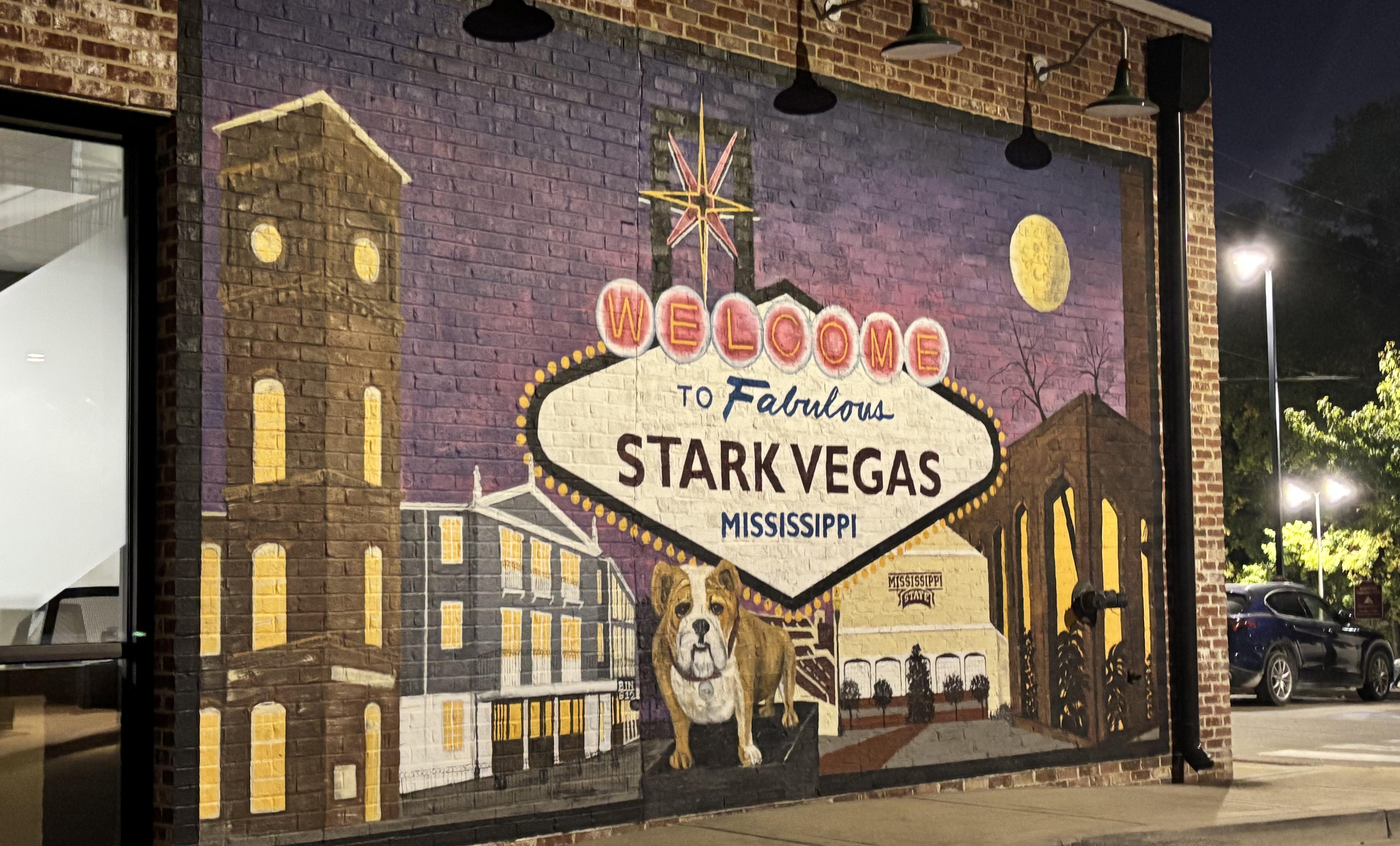21 Largest Stadiums You Can Tour When There Are No Games
Stadiums are far more than venues for sports; they are iconic structures that hold the collective memories, cultural significance, and architectural brilliance of the communities they serve. These colossal arenas are where history is made, from unforgettable championship games to groundbreaking concerts and cultural events. However, the magic of these spaces isn't confined to game days or live performances. Touring these legendary stadiums during their quiet moments provides a unique opportunity to delve deeper into the stories, engineering marvels, and cultural narratives that make them so extraordinary. Across the globe, some of the largest stadiums stand as testaments to human ingenuity and passion, each offering a distinctive blend of history, design, and impact. Step inside these 21 monumental spaces and discover how they embody the spirit of their cities, the innovation of their creators, and the dreams of the people who fill their seats.
1. Rungrado 1st of May Stadium – Pyongyang, North Korea
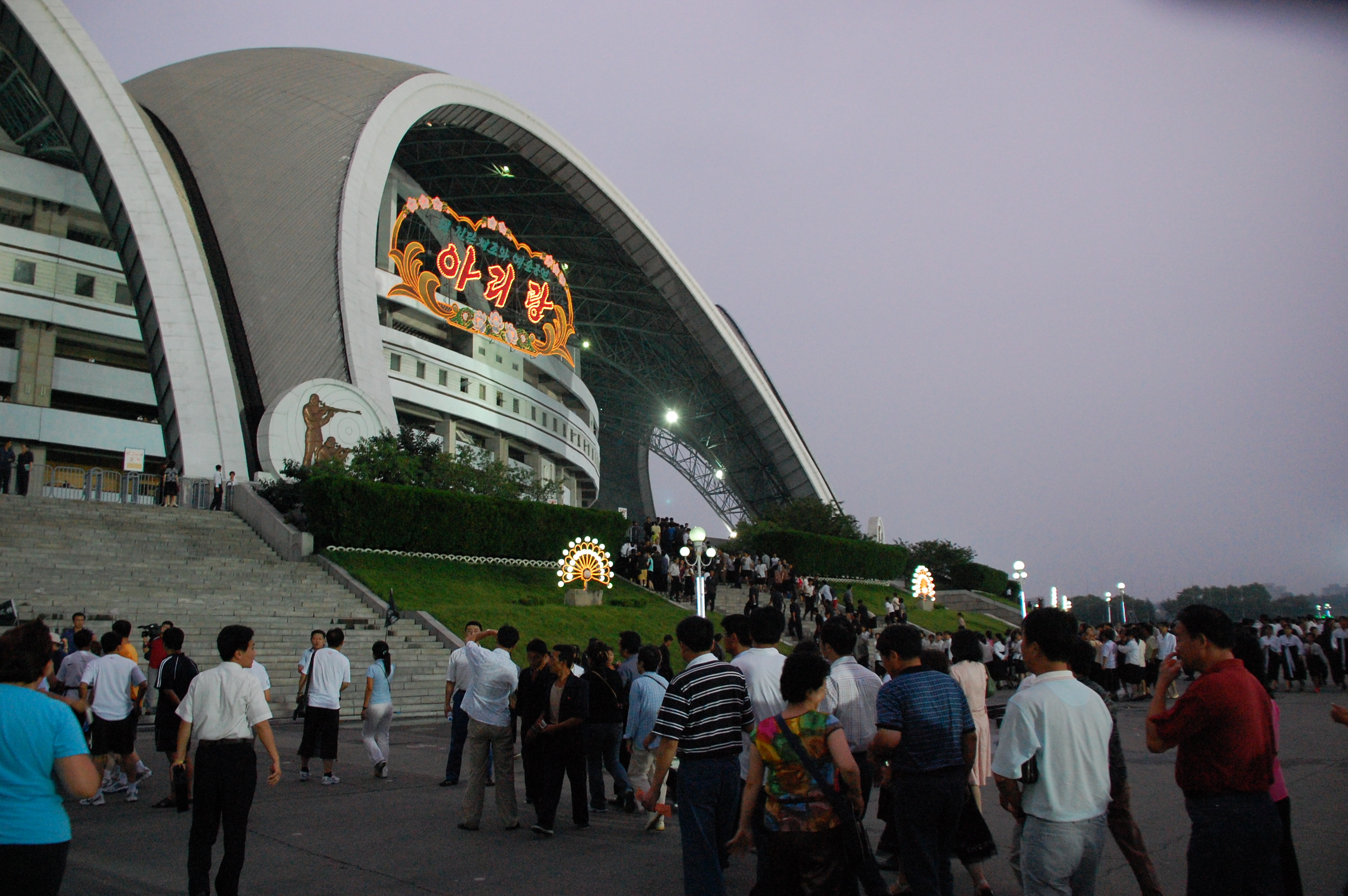
With a staggering capacity of 114,000, the Rungrado 1st of May Stadium is the largest stadium in the world. Its immense size is matched by its symbolic and cultural significance in North Korea. Visitors who tour this architectural marvel are greeted by its unique design, with 16 arches forming a magnolia-shaped façade. This impressive structure is used for major events such as the Arirang Mass Games, showcasing synchronized performances on an unprecedented scale. During the tour, guests can explore the expansive field, the seating tiers that appear endless, and the halls that house displays of the nation’s achievements in sports and culture. The stadium also serves as a venue for speeches, ceremonies, and artistic performances, offering a glimpse into North Korean culture and nationalism. A visit to Rungrado 1st of May is not just a tour of a stadium but a step into a world of monumental ambition and cultural pride.
2. Michigan Stadium – Ann Arbor, USA

Nicknamed "The Big House," Michigan Stadium boasts a capacity of 107,601, making it the largest stadium in the United States. Home to the University of Michigan Wolverines football team, this iconic venue is steeped in collegiate sports tradition. Tours offer visitors a chance to experience the electrifying atmosphere that makes game days unforgettable, even when the stands are empty. The tour includes access to the players' locker rooms, where you can imagine the pre-game huddles and post-game celebrations. Guests are also guided through the press box, offering stunning panoramic views of the stadium. Walking through the tunnel to the field, visitors can feel the weight of history and the energy of countless games. With stops at key points like the Hall of Honor, where memorabilia and historical artifacts are displayed, the Michigan Stadium tour is a must for sports fans and history enthusiasts alike.
3. Melbourne Cricket Ground (MCG) – Melbourne, Australia
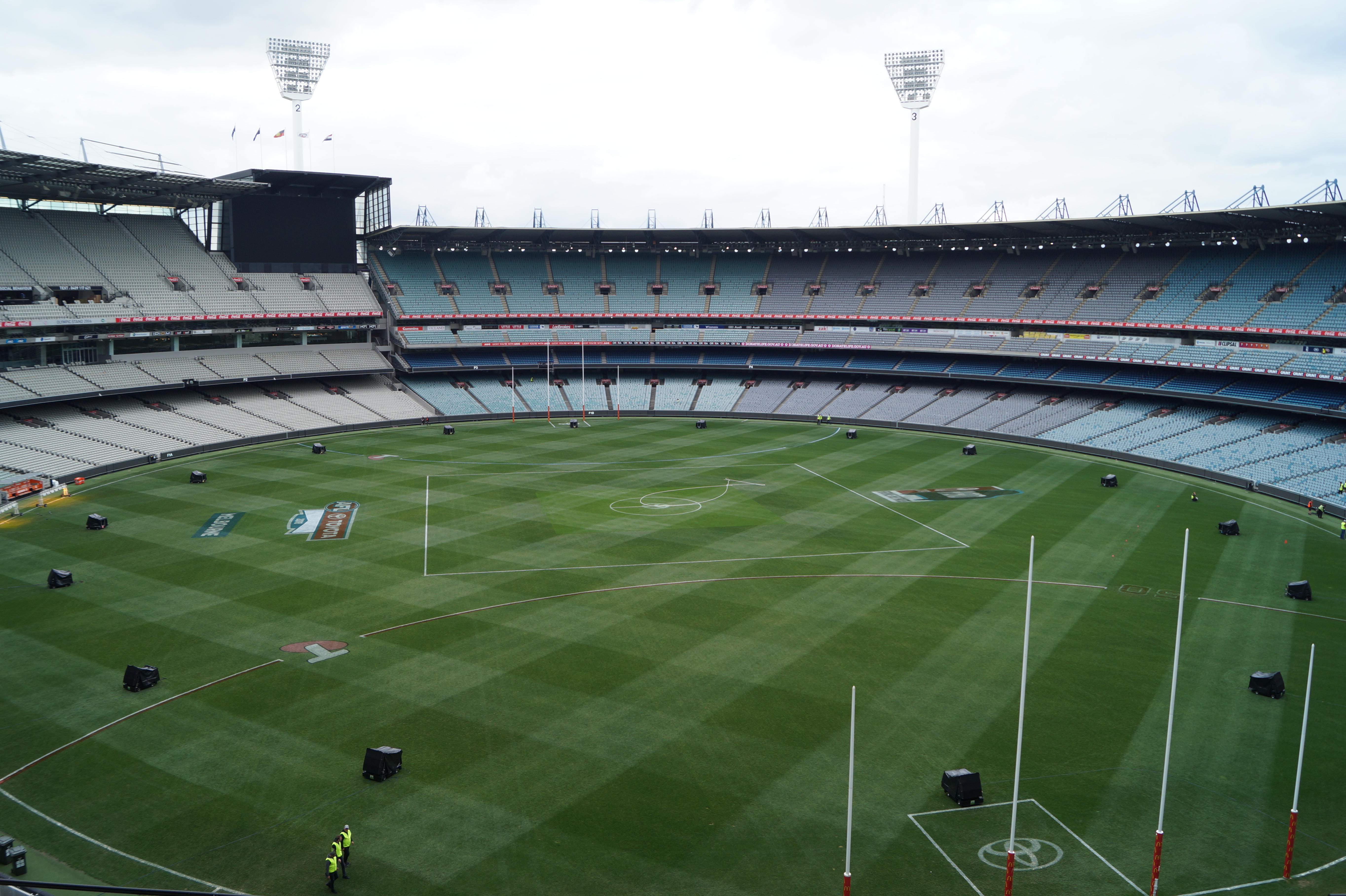
The Melbourne Cricket Ground, affectionately called the "G," is a sporting and cultural icon in Australia, with a capacity of 100,024. Known for its legacy in cricket and Australian Rules Football, the MCG has also hosted major events like the 1956 Olympics and concerts by international superstars. Tours of the MCG are comprehensive, taking visitors through the stands, players’ changing rooms, and the famous Long Room—a historic hub for cricket enthusiasts. The National Sports Museum, located within the stadium, is a highlight, showcasing Australia’s rich sporting history with interactive exhibits, memorabilia, and stories of legendary athletes. The tour concludes with a walk onto the pitch, where visitors can imagine the roar of the crowd and the tension of iconic matches. Whether you’re a cricket fan or not, the MCG offers a fascinating glimpse into Australia’s sports culture.
4. Camp Nou – Barcelona, Spain
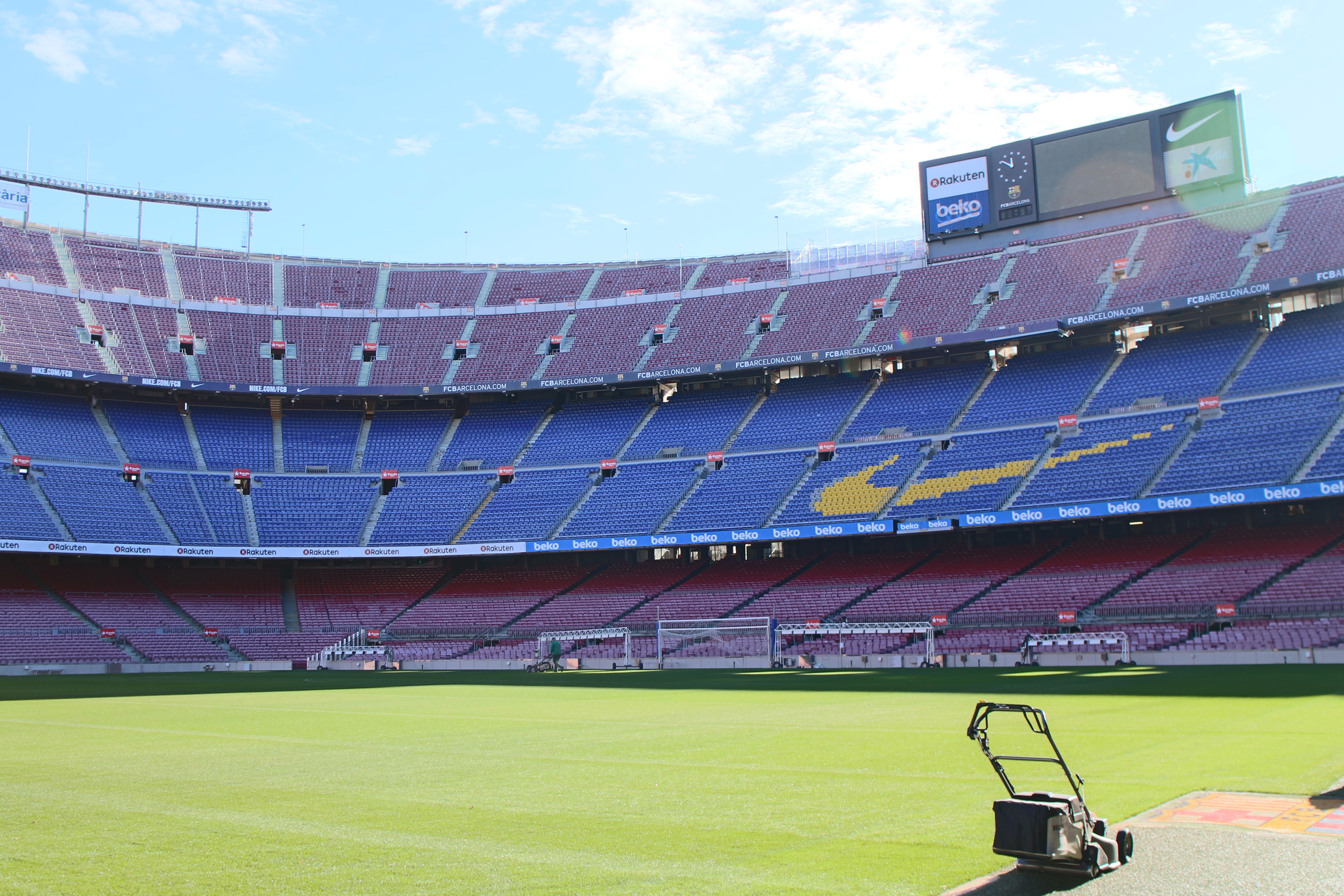
Camp Nou, the largest stadium in Europe, is a mecca for football fans, with a capacity of 99,354. As the home of FC Barcelona, this venue holds a storied place in sports history. Tours provide a fully immersive experience, starting with the players’ tunnel, where fans can follow in the footsteps of legends like Lionel Messi and Johan Cruyff. Visitors gain access to the locker rooms, press areas, and even the team benches on the pitch. The Camp Nou Museum is a treasure trove of FC Barcelona’s history, featuring trophies, photos, and multimedia displays. Interactive exhibits allow fans to relive iconic goals and matches. The tour offers an unforgettable look into the life of one of the world’s most celebrated football clubs, blending sports, history, and technology.
5. FNB Stadium (Soccer City) – Johannesburg, South Africa
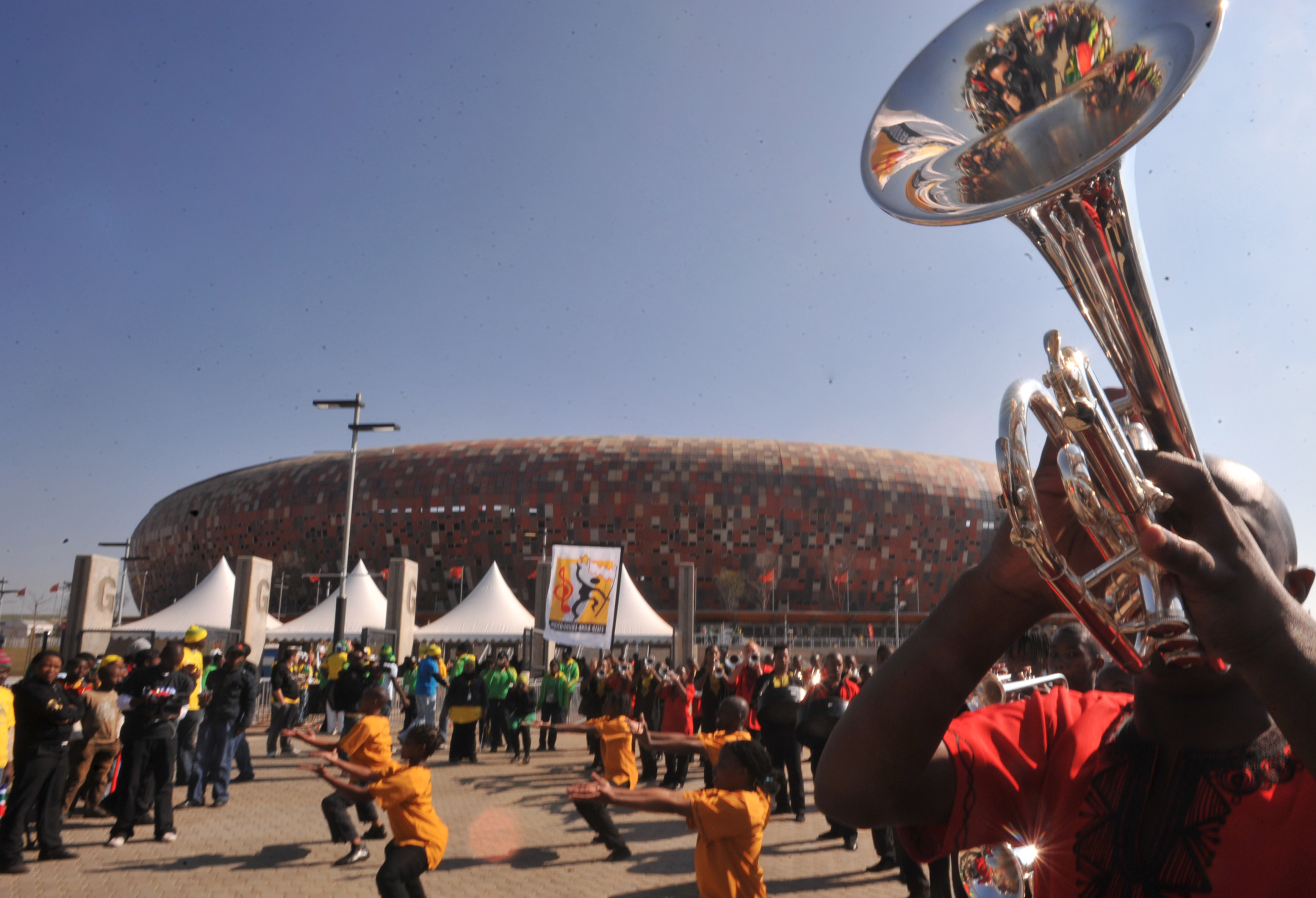
The FNB Stadium, also known as Soccer City, has a capacity of 94,736 and is an emblem of unity and resilience in South Africa. Its iconic calabash-inspired design reflects African culture, making it a standout among global stadiums. Tours highlight its role in pivotal moments of history, such as Nelson Mandela’s first speech after his release and the 2010 FIFA World Cup final. Visitors can explore the players’ changing rooms, walk through the tunnel, and step onto the field where legends have played. The venue’s rich history, combined with its cultural symbolism, creates an experience that transcends sports, offering a deeper connection to South Africa’s journey of unity and pride.
6. Rose Bowl – Pasadena, USA
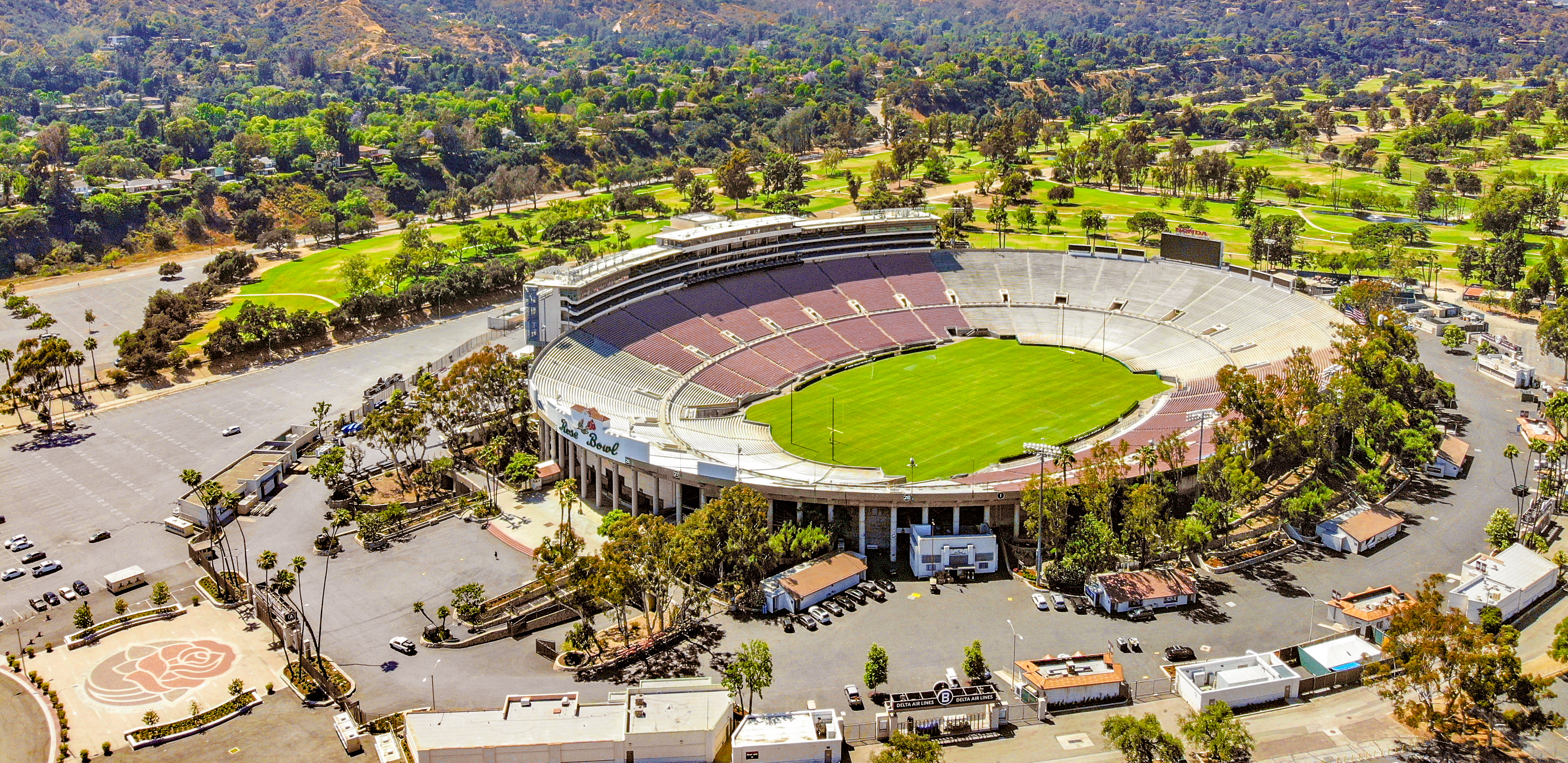
The Rose Bowl, with a capacity of 88,565, is a historic venue that has hosted everything from Olympic events to iconic concerts. Known primarily for the annual Rose Bowl Game, it is a symbol of American college football tradition. Tours allow visitors to explore the field, the press box, and the original locker rooms, where countless athletes have prepared for legendary games. Exhibits showcase memorabilia, including vintage jerseys and photographs that chronicle the stadium’s nearly century-long history. The Rose Bowl’s stunning surroundings, including views of the San Gabriel Mountains, add to the allure, making it a bucket-list destination for sports and history buffs alike.
7. Wembley Stadium – London, England
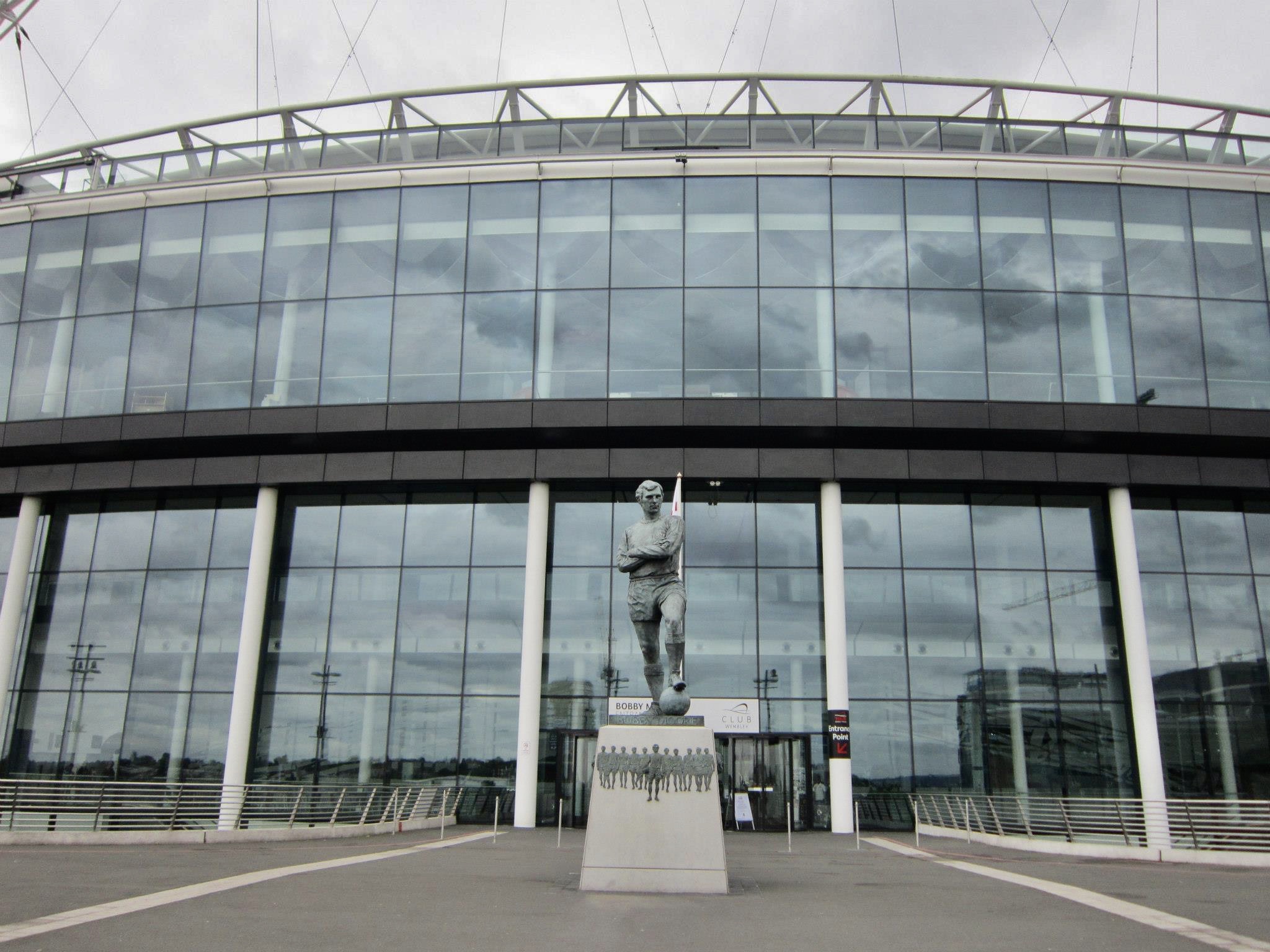
Wembley Stadium is a global icon with a capacity of 90,000, serving as the heart of English football. The stadium’s tours are a blend of history and behind-the-scenes access, starting with the famous players’ tunnel and ending with a visit to the Royal Box, where trophies are presented. Visitors can see the original crossbar from the 1966 FIFA World Cup Final and learn about the venue’s transformation into a modern marvel. With its rich history, including hosting Olympic events and legendary concerts, Wembley Stadium offers a comprehensive and inspiring look at its multifaceted legacy.
8. Maracanã Stadium – Rio de Janeiro, Brazil
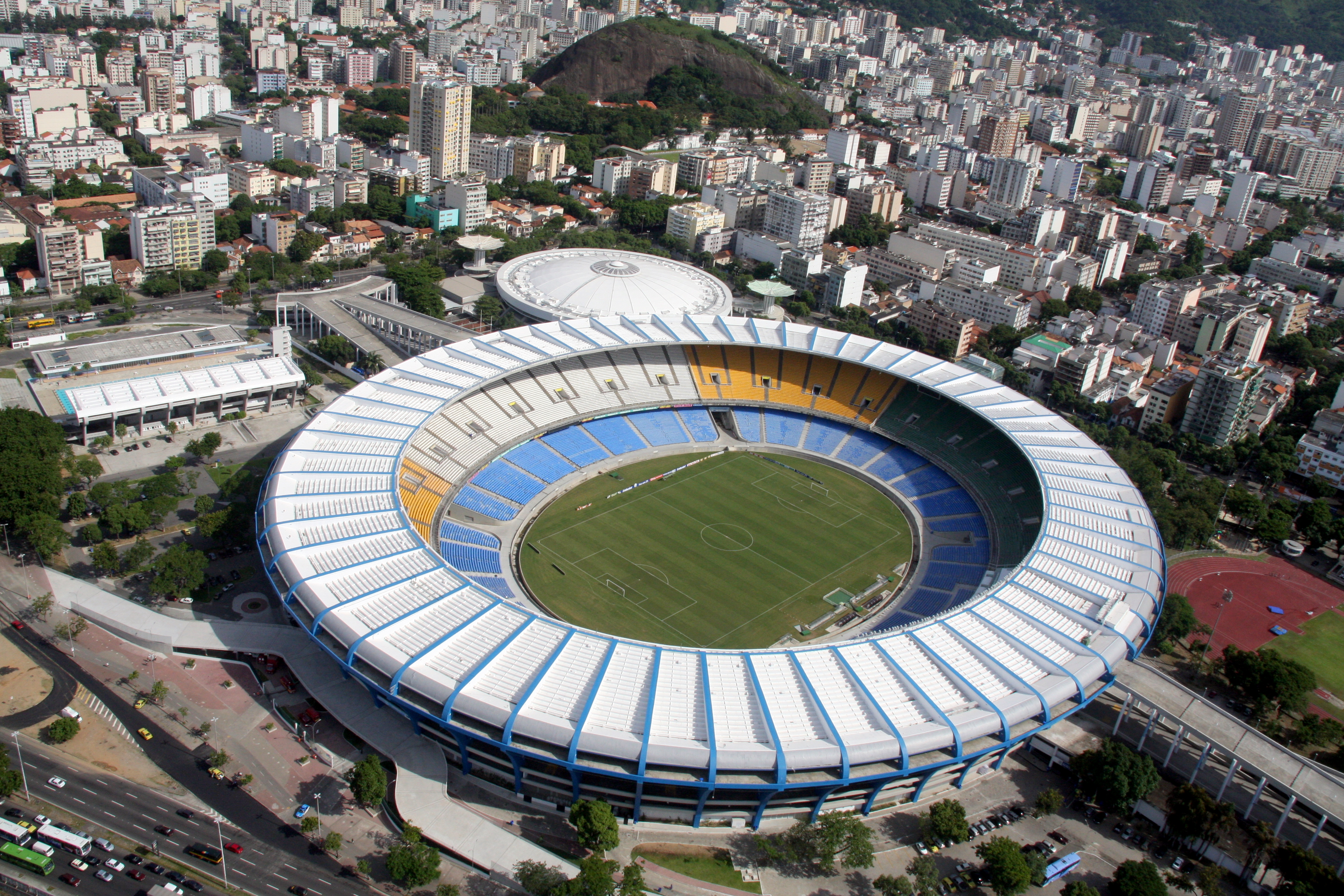
The Maracanã, with a capacity of 78,838, is a symbol of Brazilian football culture and history. Tours take visitors through the players’ tunnel, locker rooms, and the pitch where two FIFA World Cup finals were played. The on-site museum features jerseys, boots, and artifacts from Brazil’s football greats, offering insights into the country’s unparalleled passion for the sport. The panoramic view from the stands is a highlight, giving visitors a sense of the stadium’s immense scale and the fervor it inspires in fans.
9. Bird’s Nest (National Stadium) – Beijing, China
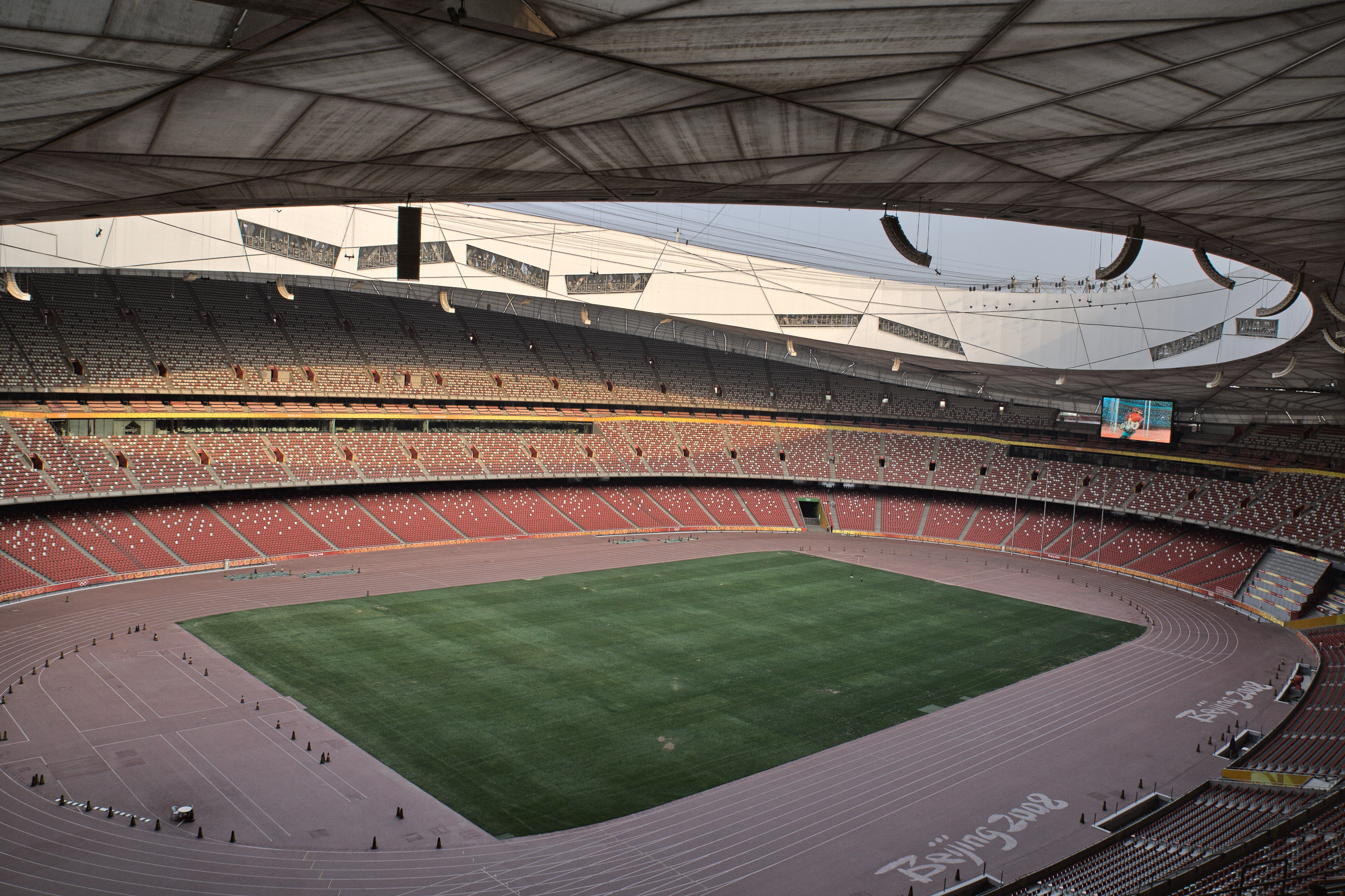
The Bird’s Nest, built for the 2008 Olympics, seats 80,000 and is an architectural wonder. Tours showcase its intricate steel design, which appears delicate yet supports the massive structure. Visitors learn about the engineering marvels that went into its construction, as well as its transformation into a winter sports venue. Interactive exhibits highlight its role in hosting global events, making it a must-see for architecture and sports enthusiasts alike.
10. AT&T Stadium – Arlington, USA
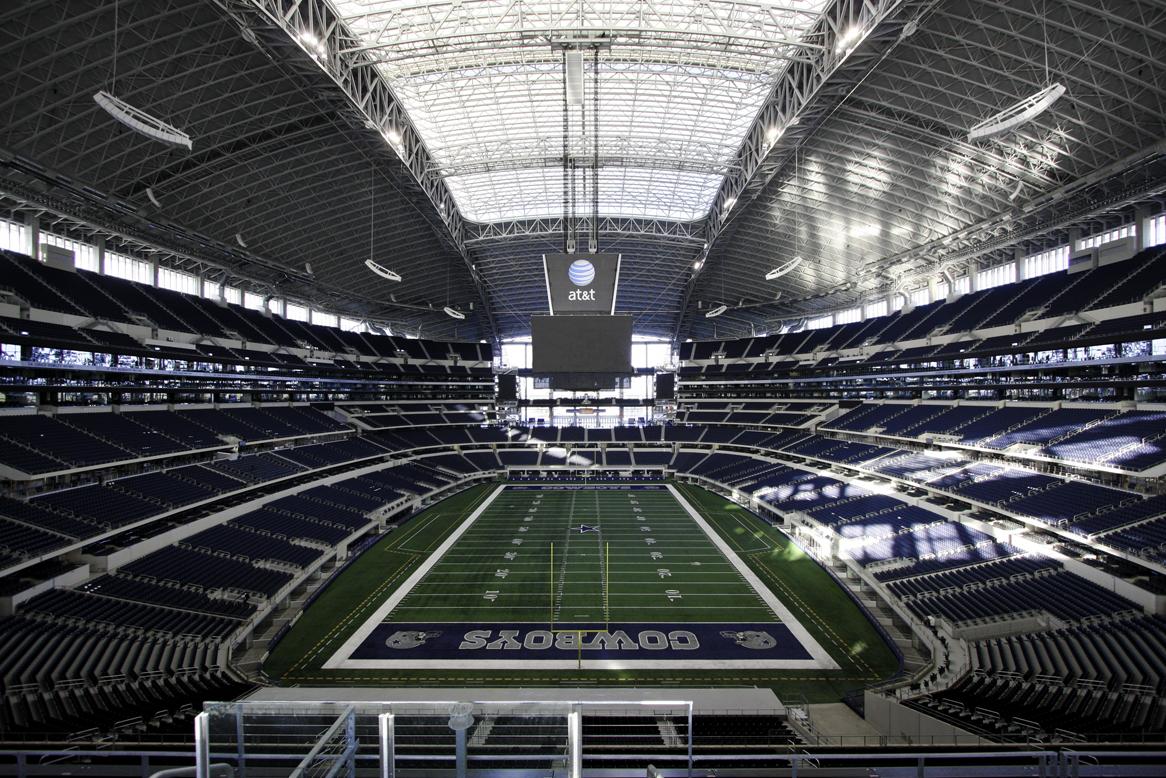
With a capacity of 80,000, AT&T Stadium is a hub of innovation and entertainment. Known for its colossal high-definition video board, the stadium tour includes access to the field, luxury suites, and even the art collection that adorns its walls. Visitors can learn about the cutting-edge technology and sustainability initiatives that make this venue a leader in modern stadium design. Whether you’re a sports fan or an art lover, AT&T Stadium offers a unique and engaging experience.
11. Azadi Stadium – Tehran, Iran
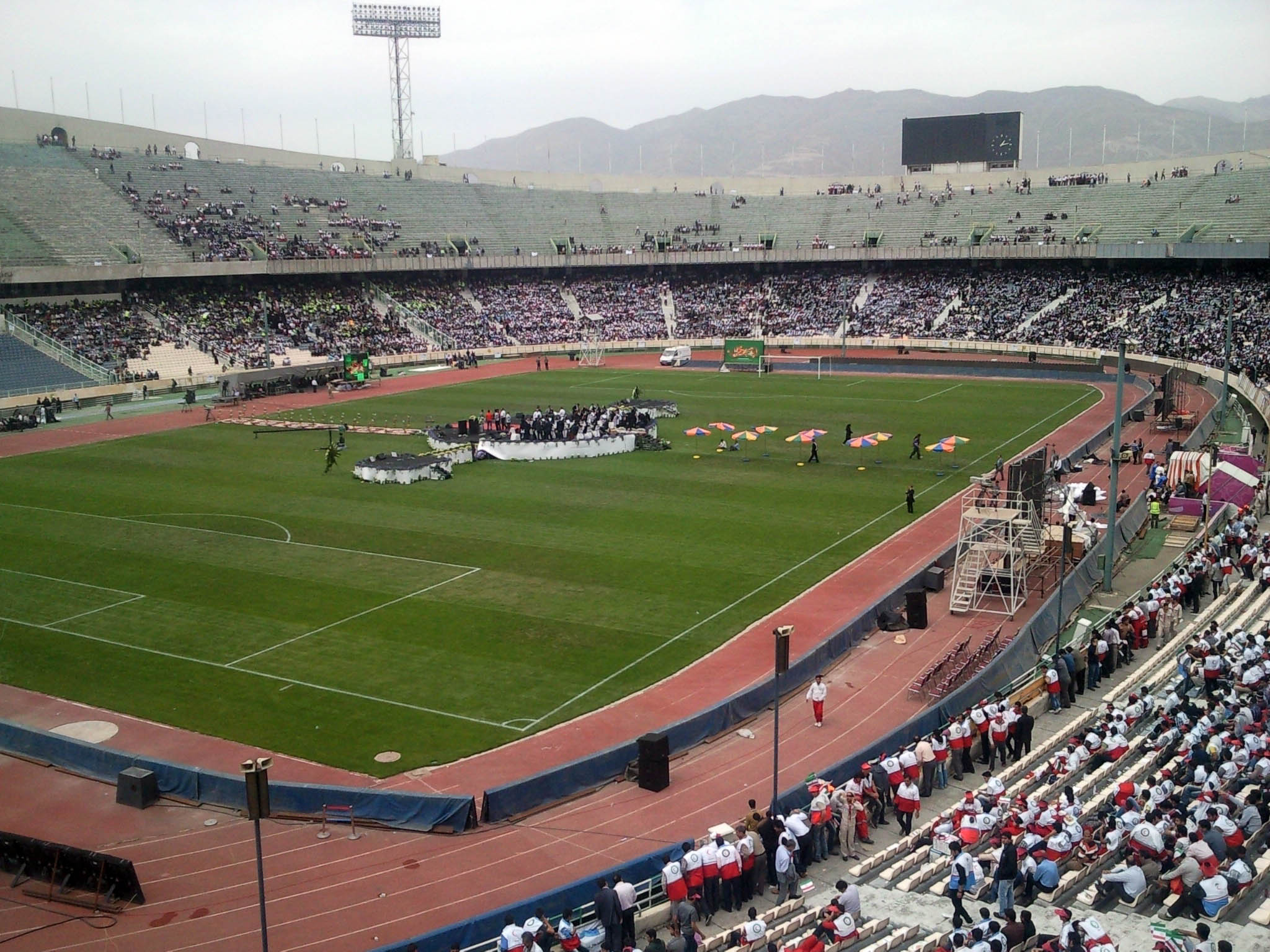
Azadi Stadium, with a capacity of 78,116, is Iran’s largest sports venue and a cultural touchstone. Tours provide access to the field, stands, and locker rooms, offering insights into its role as a hub for Iranian football. Visitors learn about the stadium’s significance in uniting fans and hosting memorable matches that have shaped the nation’s sports history. The tour is a blend of cultural exploration and sports heritage, making it a unique experience.
12. Santiago Bernabéu Stadium – Madrid, Spain
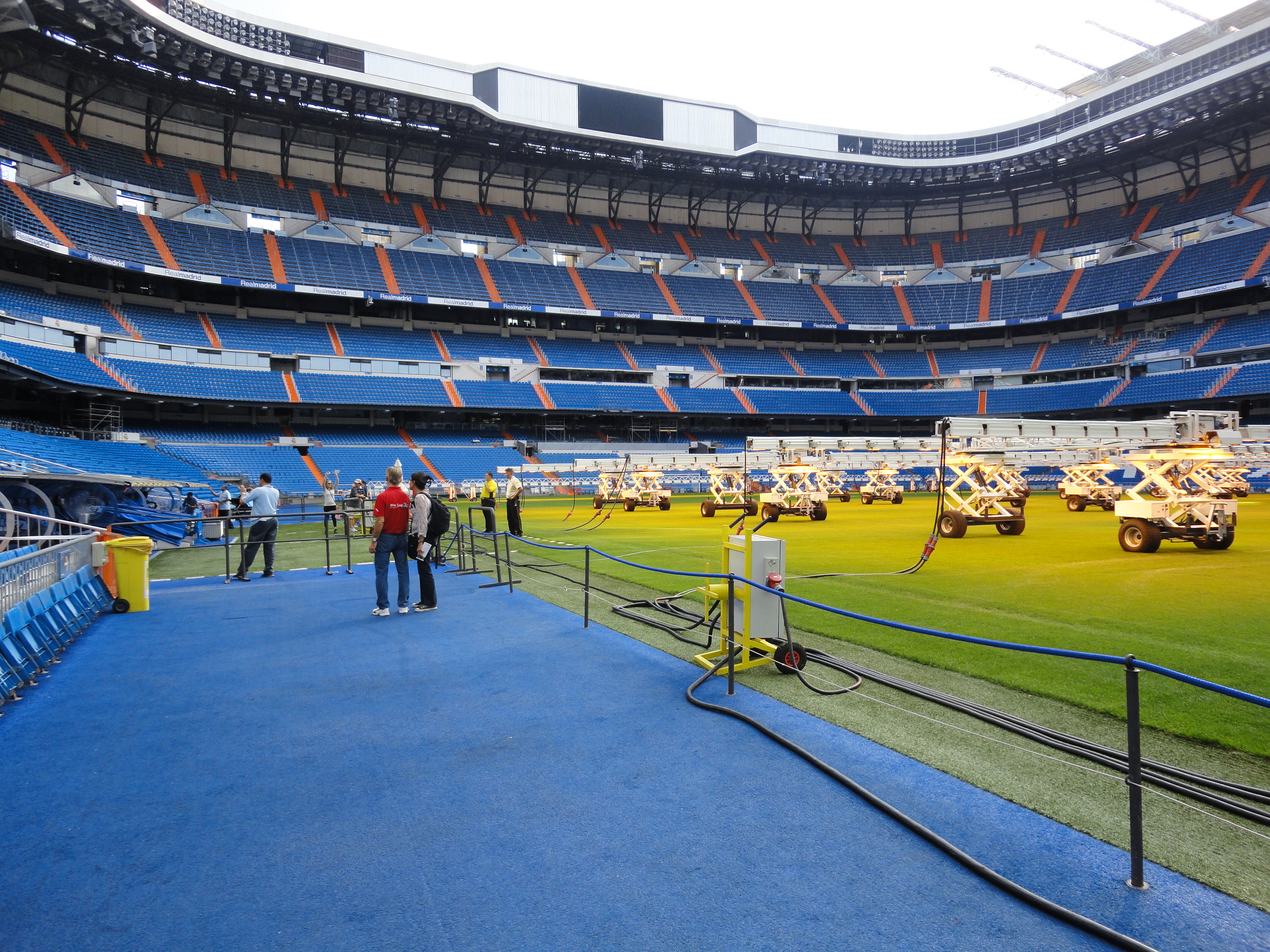
The Santiago Bernabéu, with a capacity of 81,044, is a pilgrimage site for Real Madrid fans. Its tours are immersive, featuring the players’ tunnel, locker rooms, and the team’s bench on the pitch. The museum showcases Real Madrid’s trophies, historic memorabilia, and multimedia exhibits that bring the club’s storied history to life. The ongoing renovations promise even more exciting features for future visitors, ensuring this iconic stadium remains a must-visit destination for football enthusiasts.
13. Spartan Stadium – East Lansing, USA
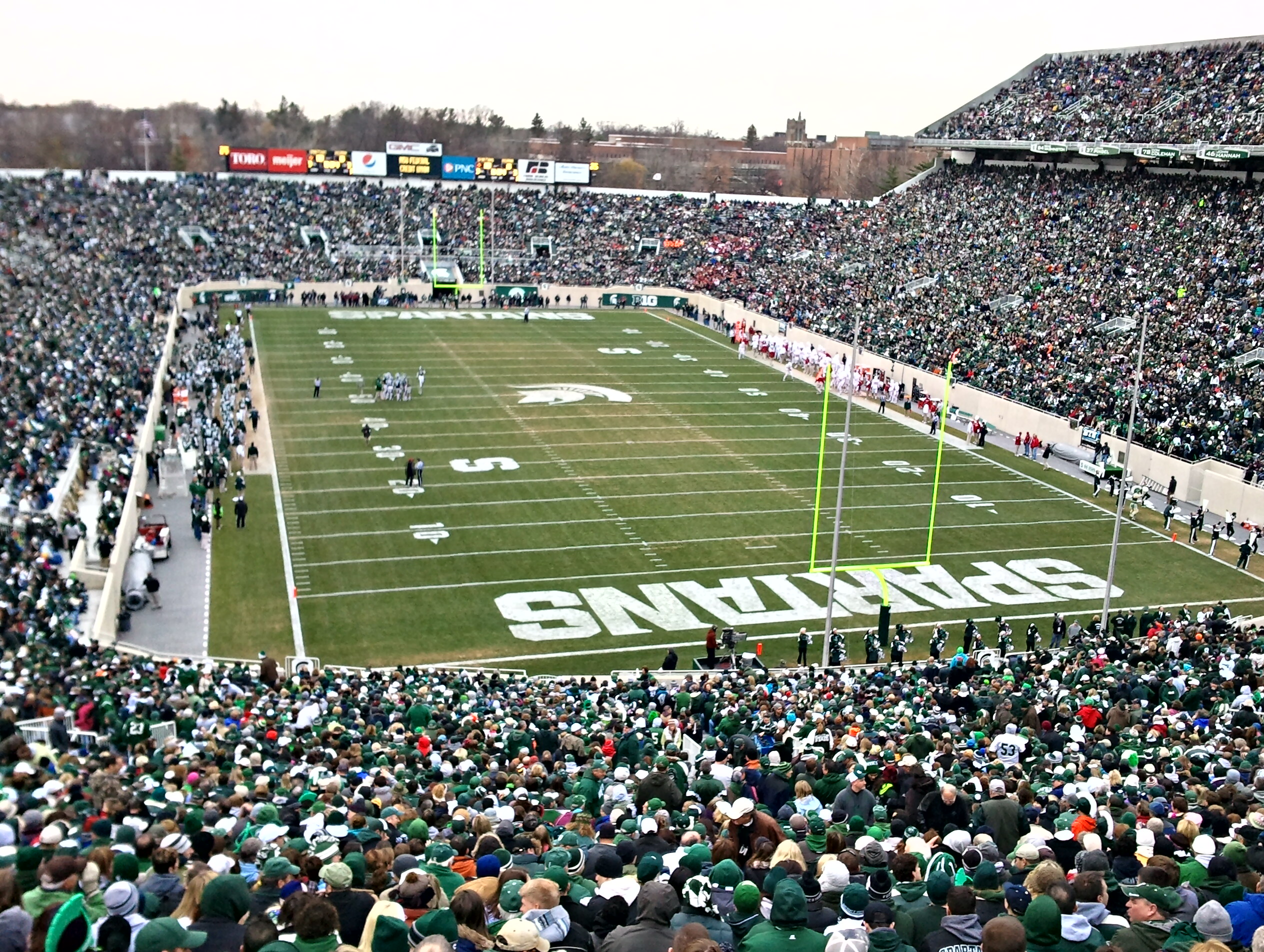
Spartan Stadium, home to Michigan State University, has a capacity of 75,005 and is steeped in collegiate football tradition. Known for its electrifying game-day atmosphere, the stadium has also become a landmark for Spartan pride. Tours take visitors behind the scenes, offering a glimpse into the players' locker rooms, press box, and even the luxurious Spartan Suite. Walking through the tunnel onto the field gives fans a chance to imagine the roar of the crowd as the team takes the field. Highlights of the tour include the history of the program, displayed in exhibits featuring iconic memorabilia and game footage. Spartan Stadium is more than a football venue—it’s a symbol of community, camaraderie, and Spartan spirit.
14. Estadio Monumental – Buenos Aires, Argentina
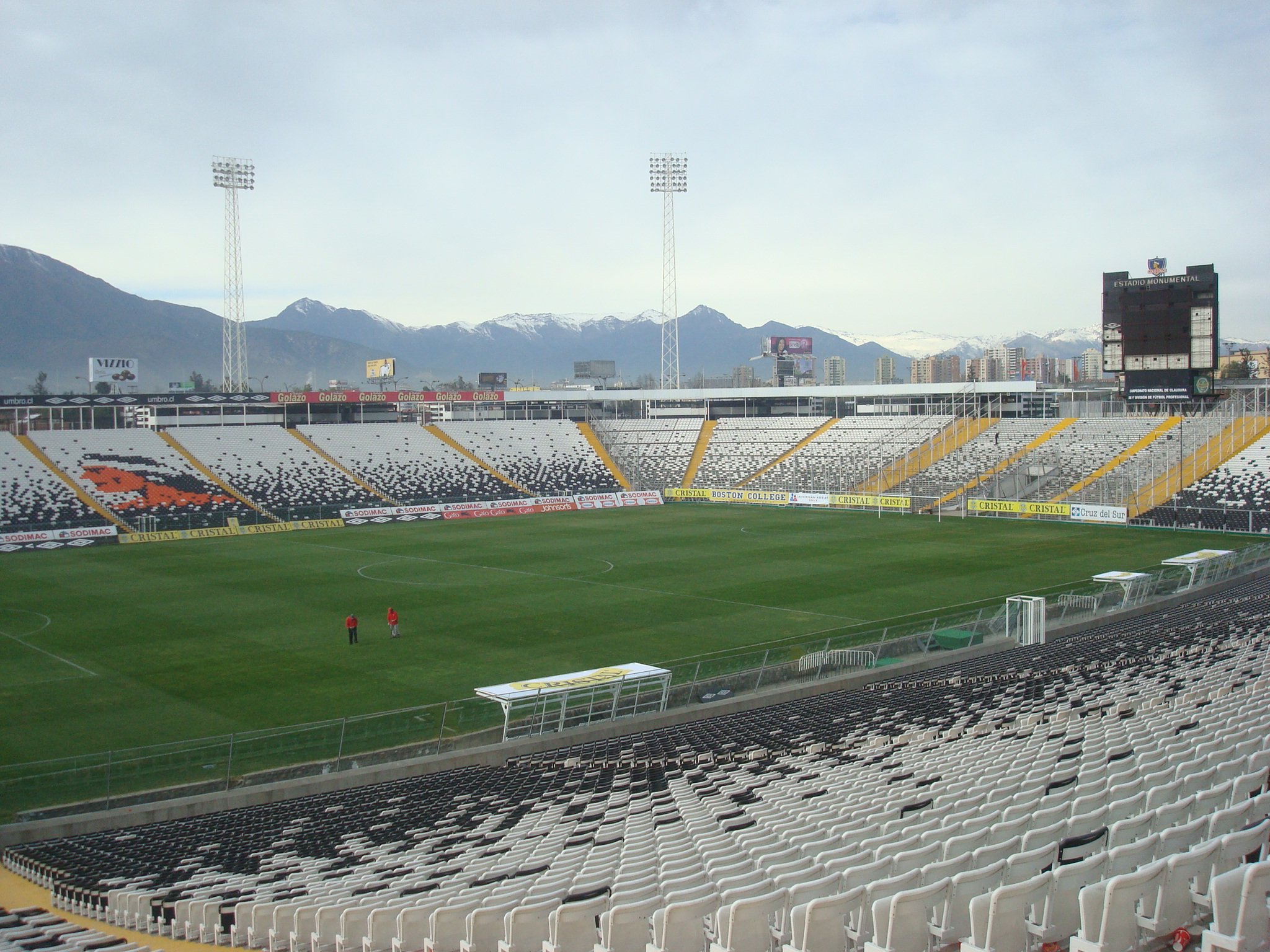
Estadio Monumental, the largest stadium in Argentina, has a capacity of 83,214 and is home to the River Plate football club. This iconic stadium has hosted numerous historic matches, including the 1978 FIFA World Cup final. Visitors on a tour can explore the field, locker rooms, and the press area while learning about River Plate's storied history. The on-site museum is a highlight, showcasing trophies, jerseys, and artifacts that chronicle the club’s legendary achievements. Walking onto the pitch, fans can feel the energy of past games and the passion of Argentine football culture. The Monumental is not just a stadium—it’s a temple for football lovers in South America.
15. Olympiastadion – Berlin, Germany
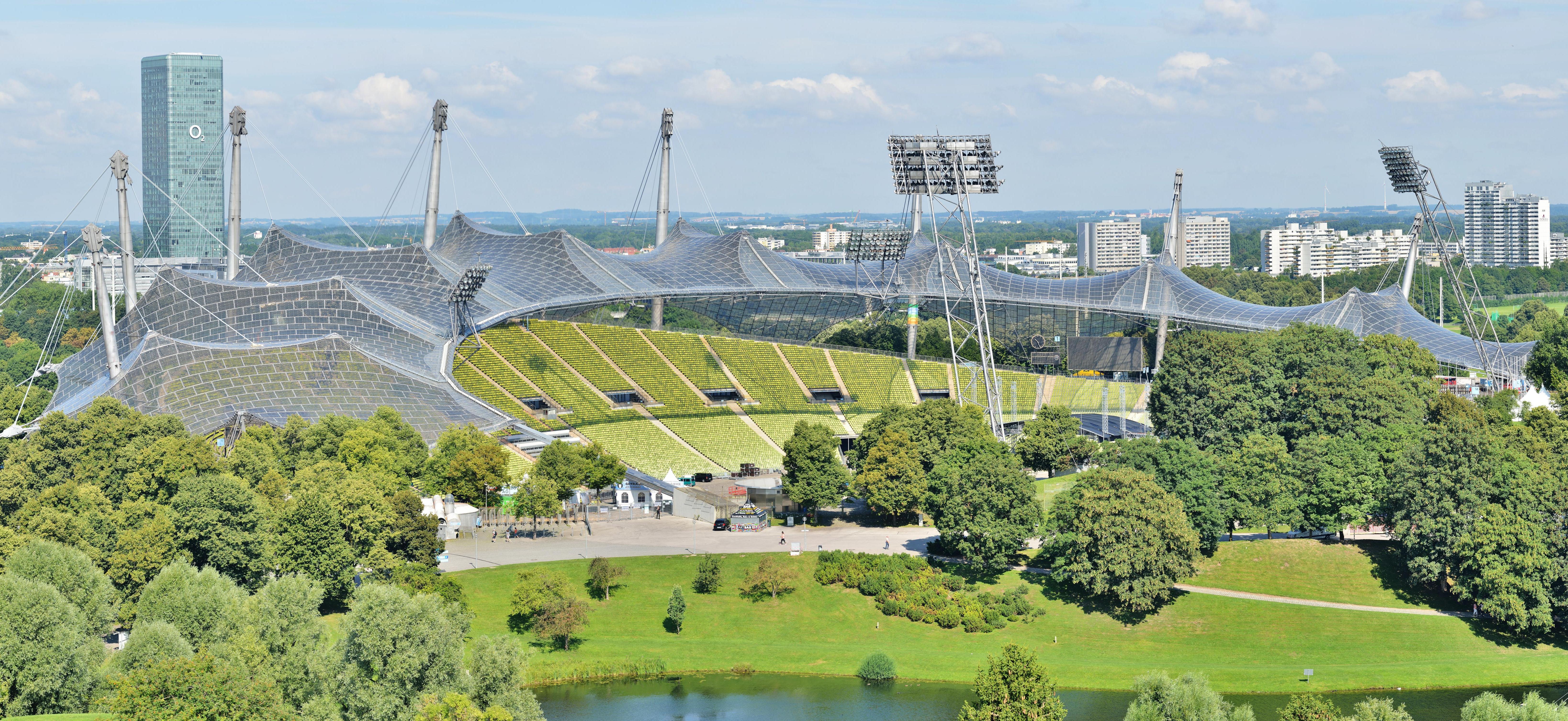
The Olympiastadion in Berlin is a historic masterpiece with a capacity of 74,475. Built for the 1936 Summer Olympics, the stadium has evolved into a modern venue hosting Bundesliga games, international fixtures, and cultural events. Tours delve into its fascinating history, including its role in hosting the FIFA World Cup Final in 2006. Visitors can explore the athletes’ tunnel, press area, and VIP lounges while learning about the architectural innovations that blend history and modernity. From its striking blue running track to its stunning views of Berlin, Olympiastadion offers an experience that goes beyond sports, capturing the essence of Germany’s rich cultural heritage.
16. King Fahd International Stadium – Riyadh, Saudi Arabia
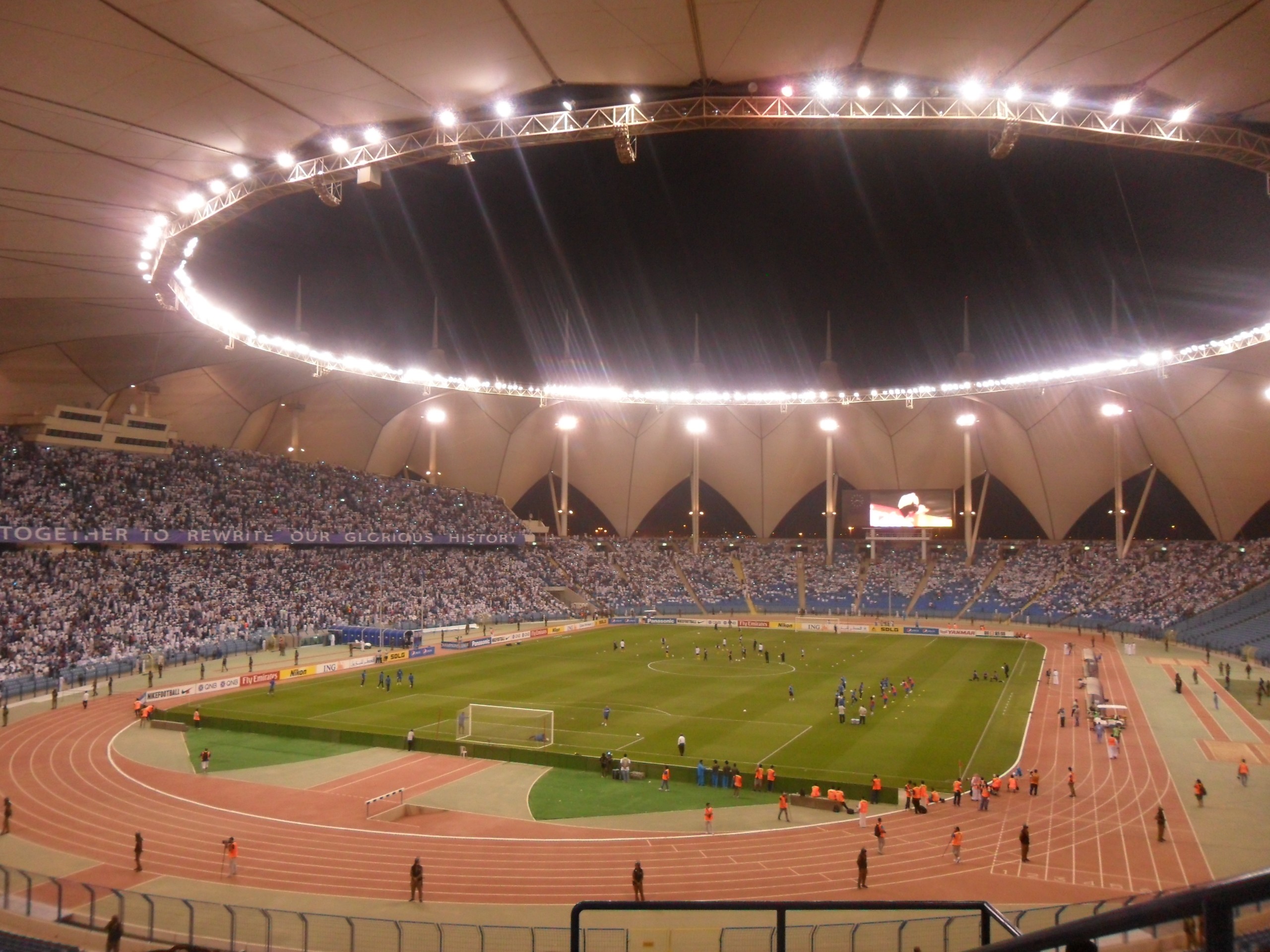
With a capacity of 68,752, King Fahd International Stadium is an architectural marvel in Saudi Arabia, often referred to as "The Pearl of Stadiums." Its distinctive tent-like roof design provides both shade and visual appeal, making it one of the most recognizable stadiums in the region. Tours allow visitors to explore the spacious field, modern locker rooms, and VIP lounges. The stadium is not only a hub for football but also a venue for national celebrations and cultural events, showcasing Saudi Arabia’s growing influence in the global sports scene. King Fahd International Stadium is a testament to innovation and grandeur in the Middle East.
17. National Stadium – Warsaw, Poland
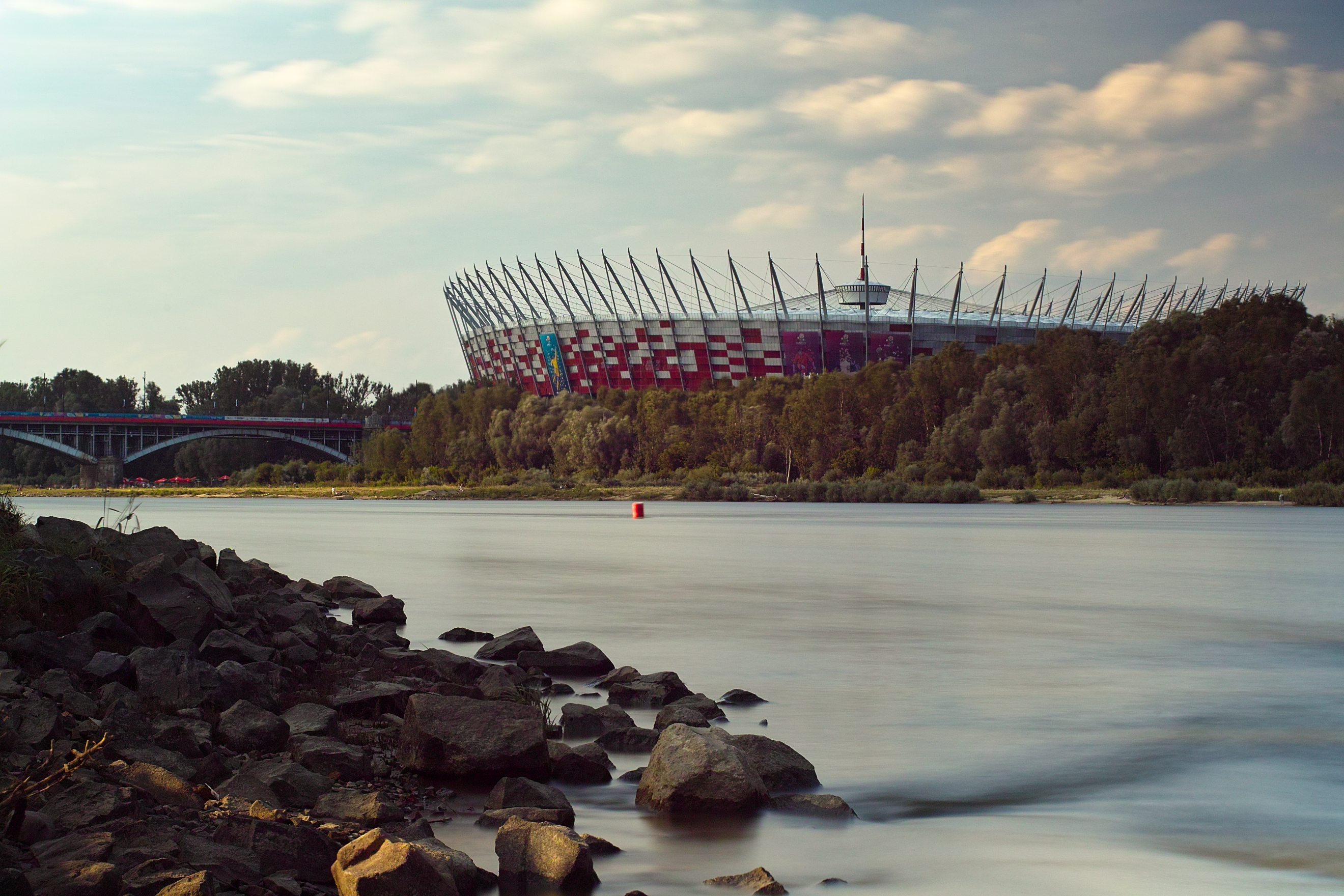
The National Stadium in Warsaw, with a capacity of 58,580, is a striking addition to Poland’s skyline. Built for the UEFA Euro 2012 tournament, its unique red-and-white façade represents the Polish flag. Tours offer a comprehensive look at the stadium’s facilities, including the press box, locker rooms, and retractable roof mechanism. Visitors can walk onto the pitch and experience the atmosphere that has hosted thrilling matches and concerts. The stadium also features an exhibition on Polish football history, adding cultural depth to the tour. The National Stadium is a modern symbol of Poland’s love for sports and its vibrant national pride.
18. San Mamés – Bilbao, Spain
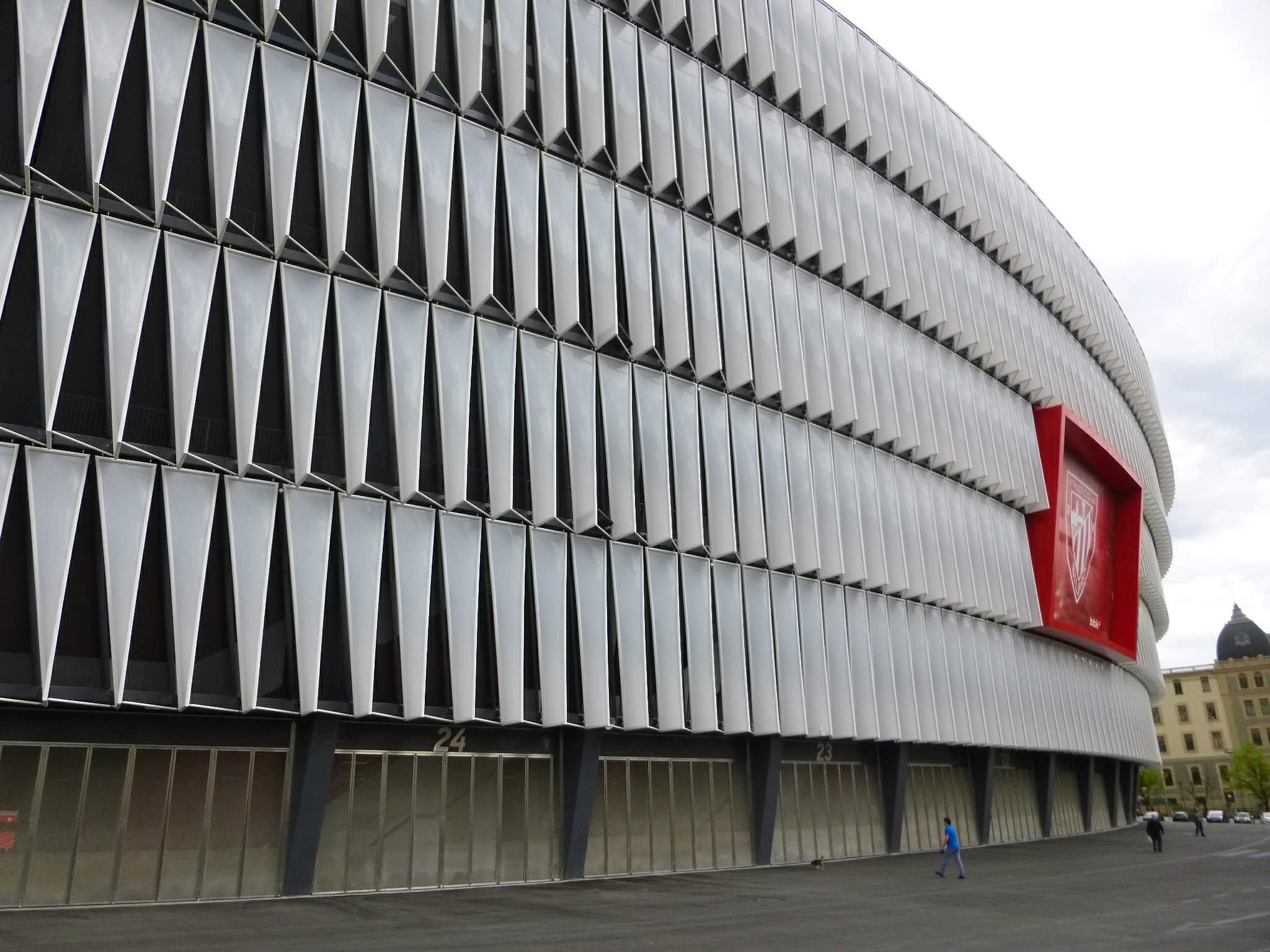
San Mamés, affectionately known as "The Cathedral," is the home of Athletic Bilbao and has a capacity of 53,289. The stadium is renowned for its unique architectural design and the passionate atmosphere created by the club’s loyal fanbase. Tours of San Mamés provide access to the players’ tunnel, locker rooms, and press area. The on-site museum highlights the club’s tradition of fielding only Basque players, making Athletic Bilbao a unique presence in European football. Walking onto the pitch, visitors can feel the pride and history embedded in this stadium. San Mamés is a must-visit for fans seeking a deeper connection to football’s cultural roots.
19. Salt Lake Stadium – Kolkata, India
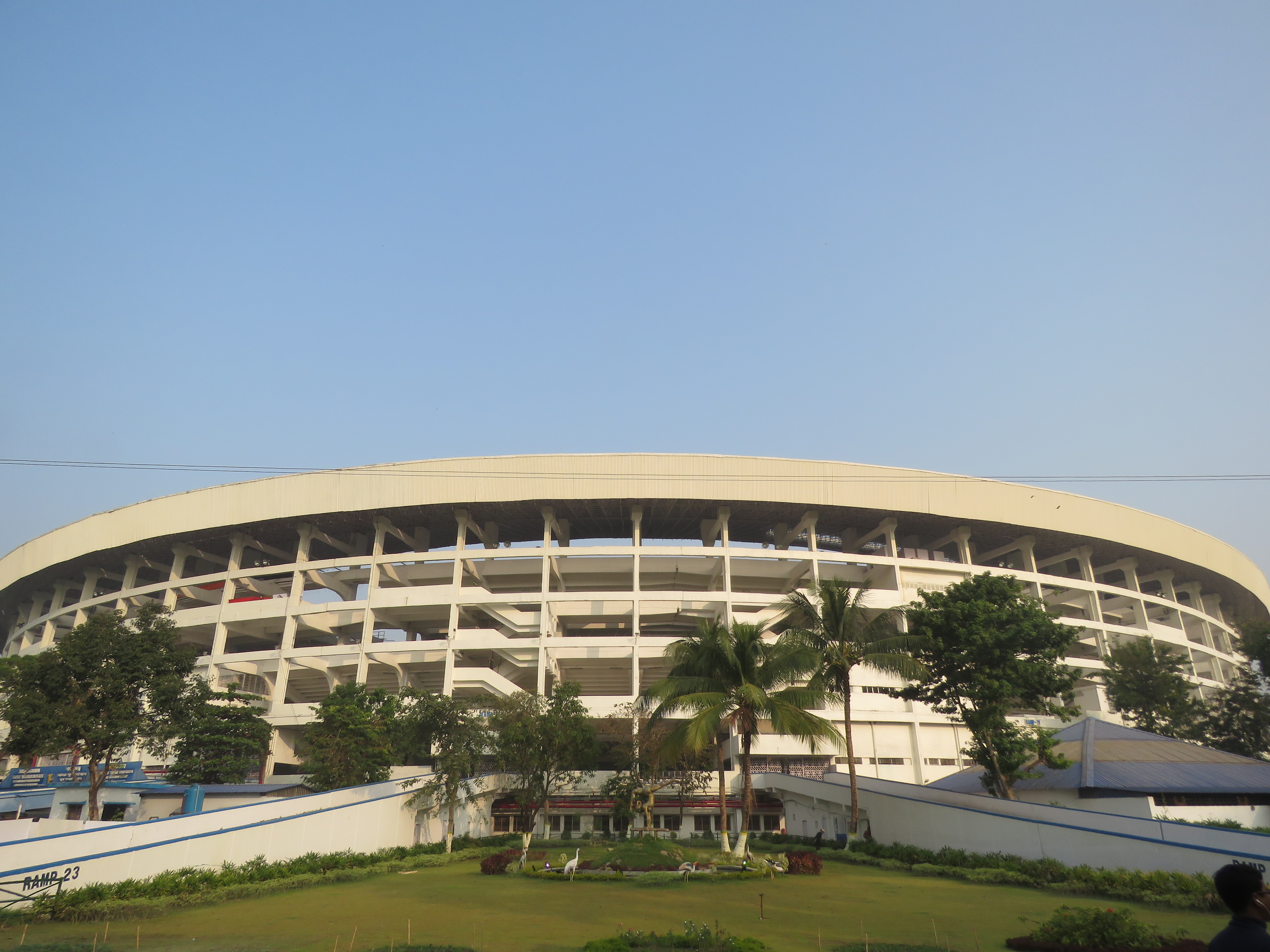
Salt Lake Stadium, officially known as Vivekananda Yuba Bharati Krirangan, is the largest stadium in India, with a capacity of 85,000. This iconic venue is a hub for Indian football, hosting both domestic leagues and international matches. Tours of the stadium include access to the field, locker rooms, and VIP areas. Visitors can also explore the museum, which showcases the rich history of Indian football, including memorabilia from legendary players. Salt Lake Stadium is not just a sporting venue—it’s a cultural landmark that embodies the passion and diversity of Indian sports.
20. Stade de France – Paris, France

Stade de France, with a capacity of 80,698, is the national stadium of France and an architectural masterpiece. Built for the 1998 FIFA World Cup, where France claimed victory, it has hosted countless historic matches and events. Tours take visitors through the players’ tunnel, locker rooms, and press area, offering insights into the stadium’s role in French sports history. The museum features exhibits on rugby, football, and the cultural events held at the stadium. The Stade de France is not only a venue for sports but also a symbol of unity and celebration in French culture.
21. Commonwealth Stadium – Edmonton, Canada
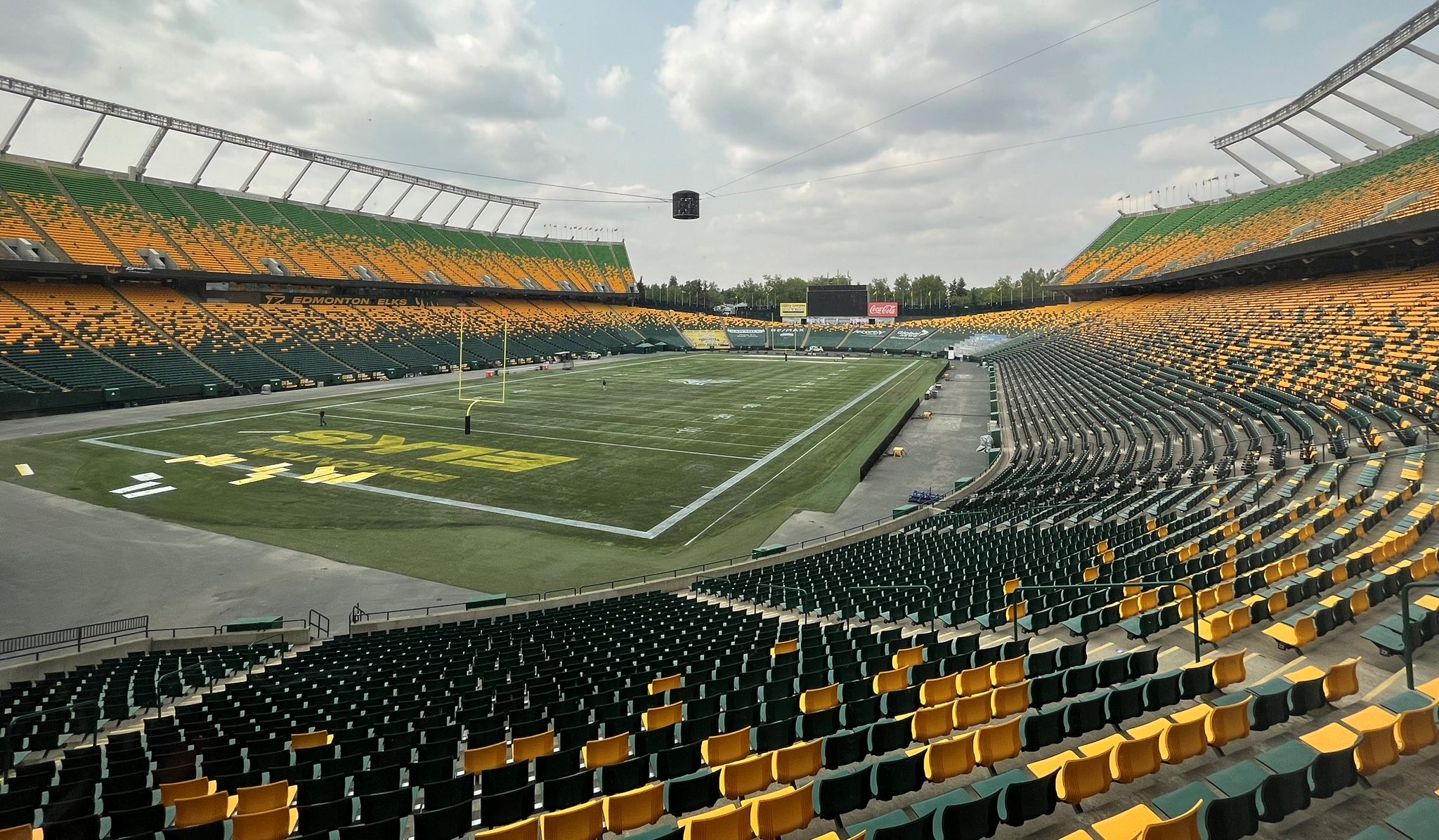
Commonwealth Stadium, the largest open-air stadium in Canada, has a capacity of 56,302. Known for hosting CFL games, international soccer matches, and major concerts, the stadium is a versatile venue that caters to diverse events. Tours include access to the field, locker rooms, and luxury suites, offering a glimpse into the operations of a world-class stadium. Visitors can also learn about the stadium’s sustainable initiatives, including its eco-friendly upgrades. Commonwealth Stadium stands as a testament to Canada’s commitment to innovation and inclusivity in sports and entertainment.
Step Beyond the Field
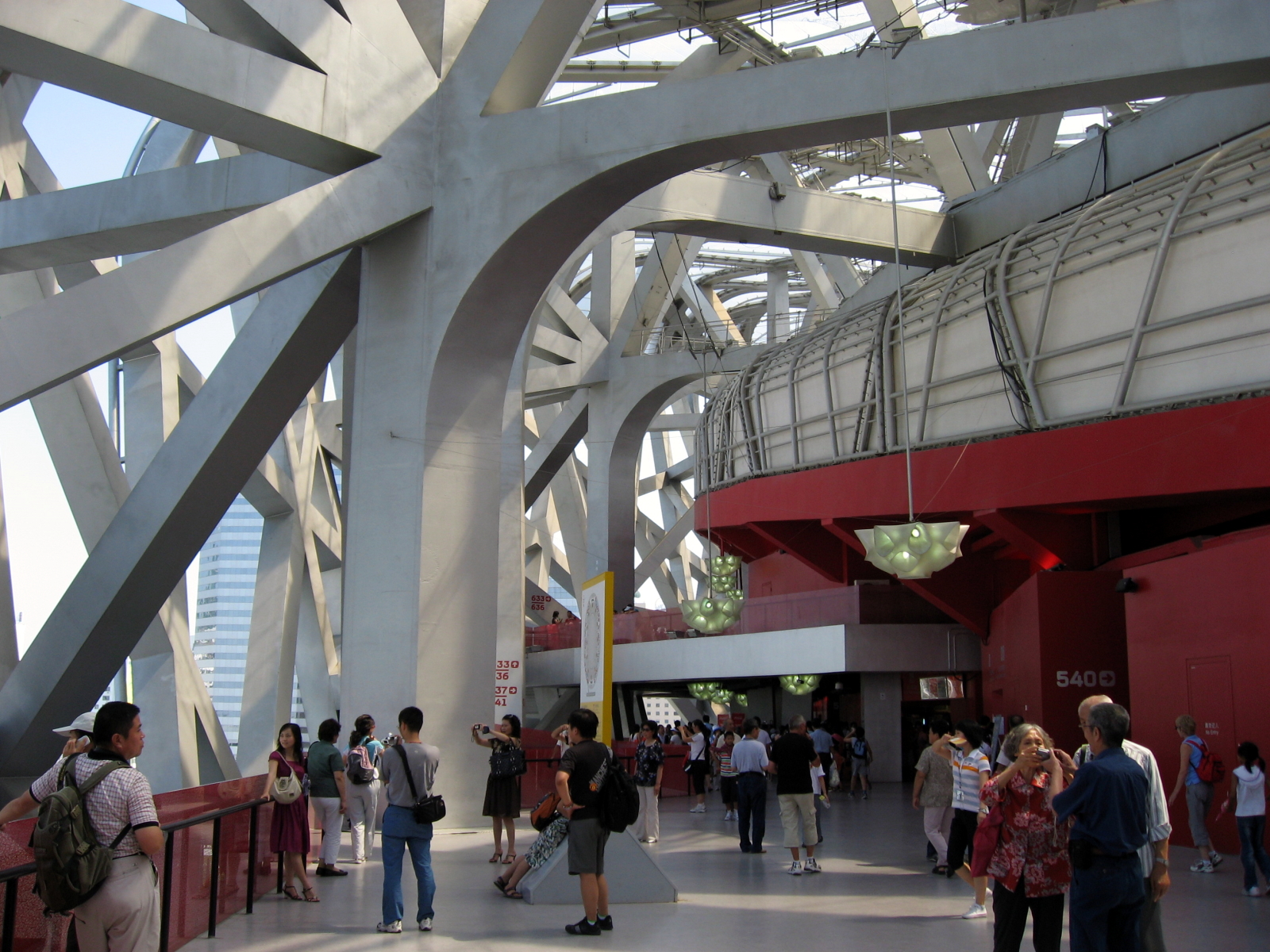
Stadium tours offer much more than a look at the playing field; they provide a deep dive into the cultural, architectural, and historical significance of these monumental venues. From the grandeur of Rungrado 1st of May Stadium to the football legacy of Camp Nou, each stadium tells a unique story that resonates far beyond its walls. Touring these 21 iconic arenas allows visitors to step into the shoes of athletes, experience the marvels of modern engineering, and connect with the cultural and historical moments that have shaped these spaces. Beyond their roles as entertainment hubs, stadiums are symbols of community pride, innovation, and global unity. They reflect the dreams of athletes, the energy of fans, and the aspirations of entire nations. So, take a step beyond the game and discover the unforgettable experiences waiting within the world’s largest stadiums.



